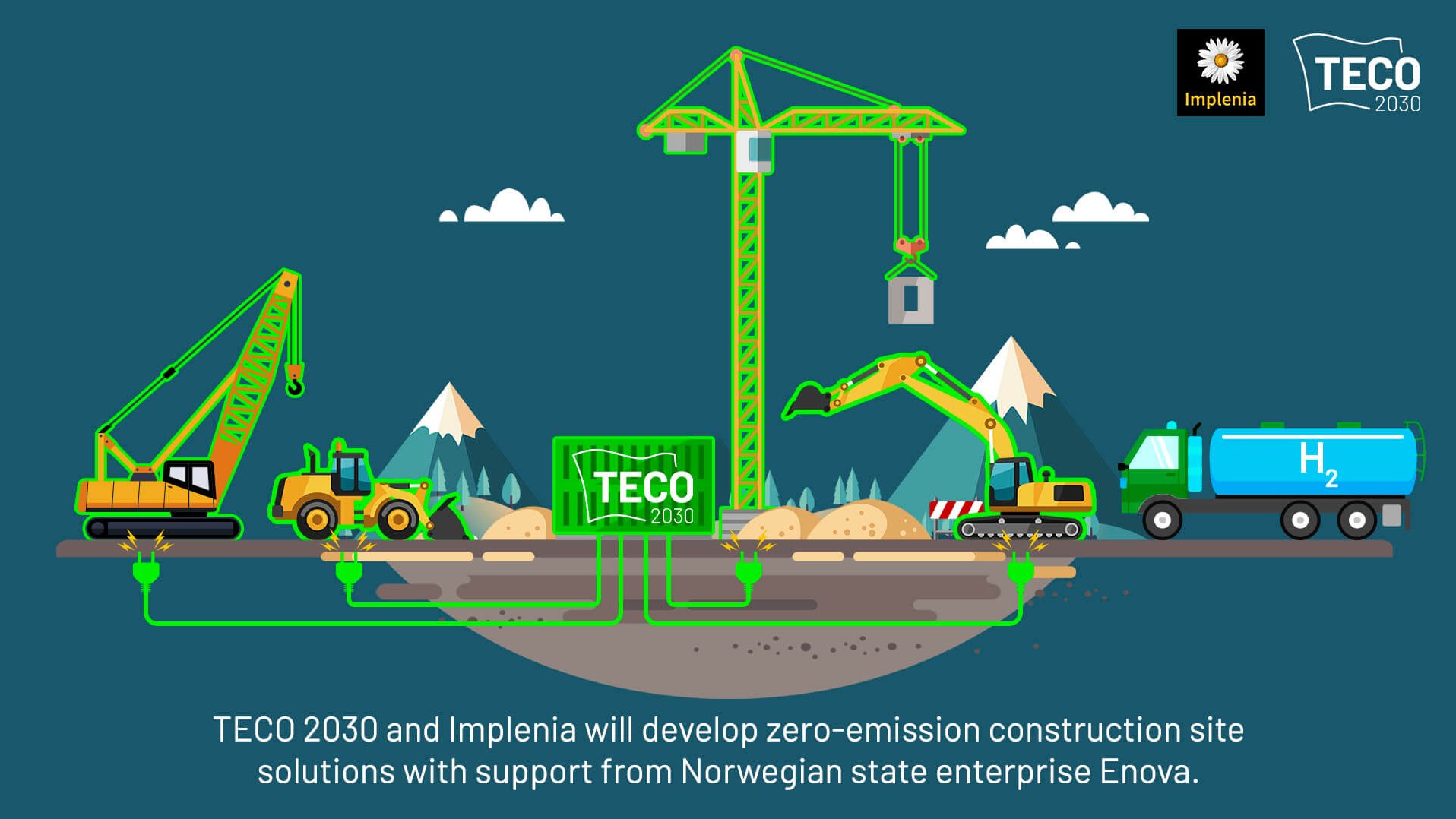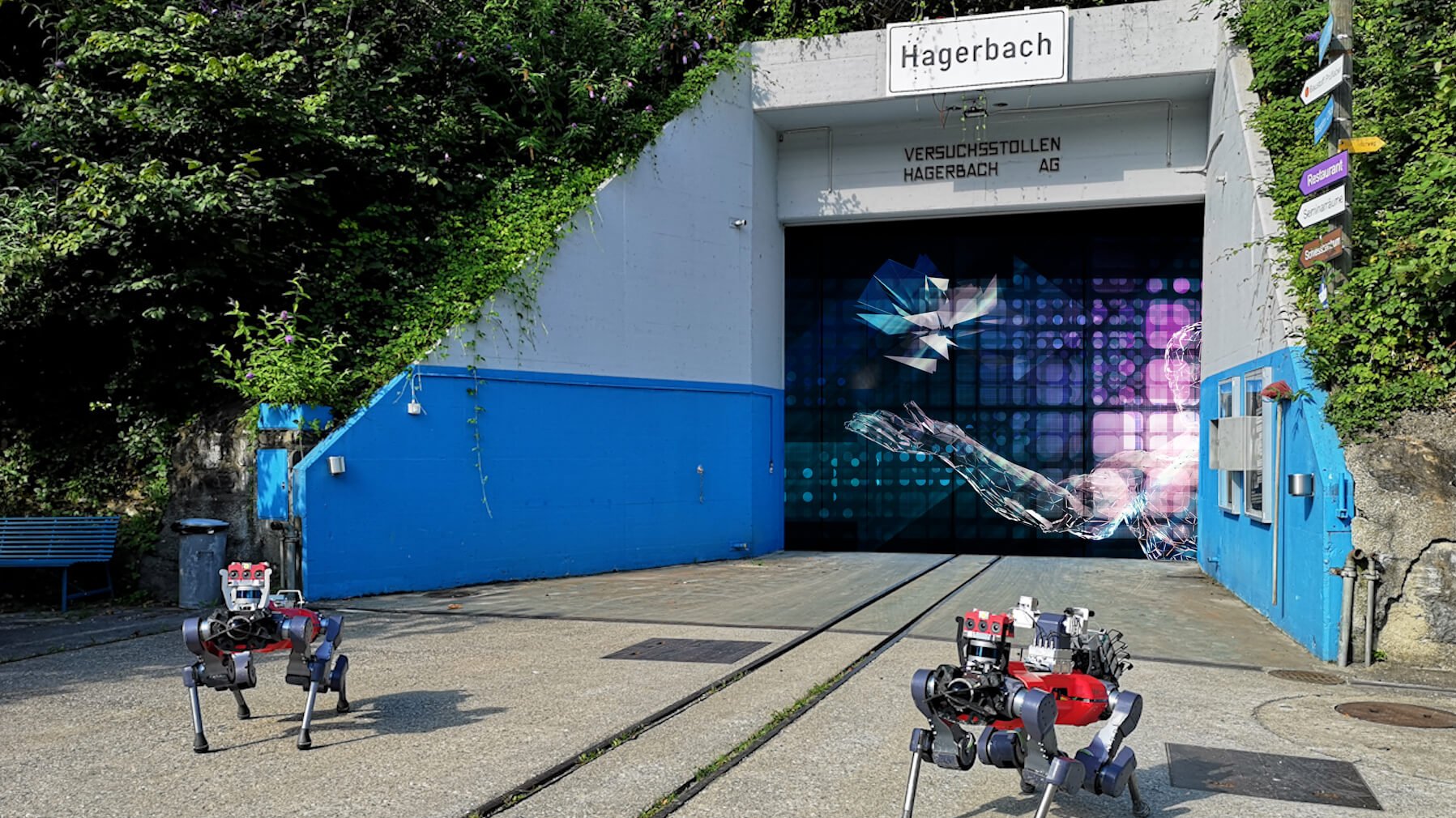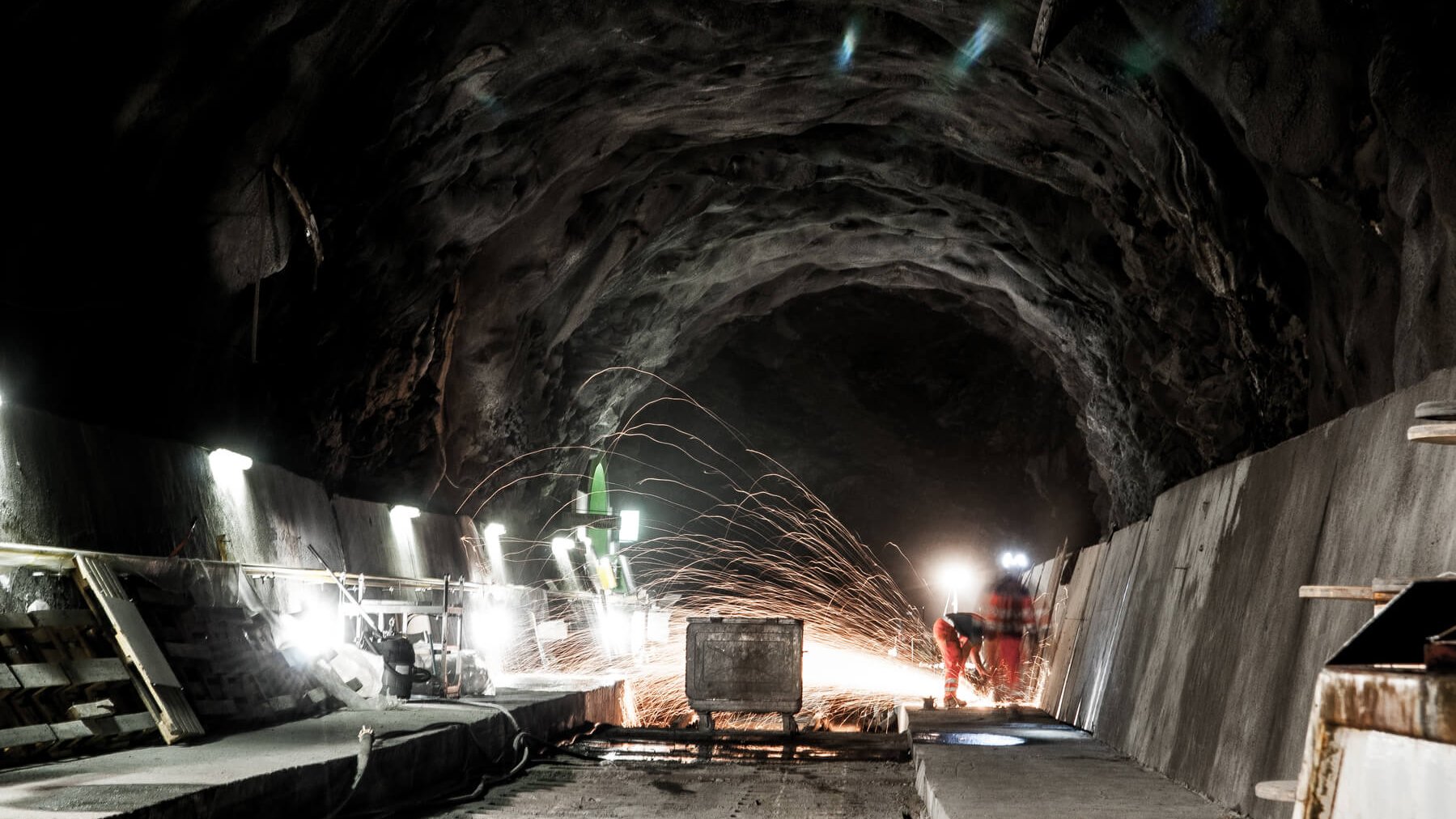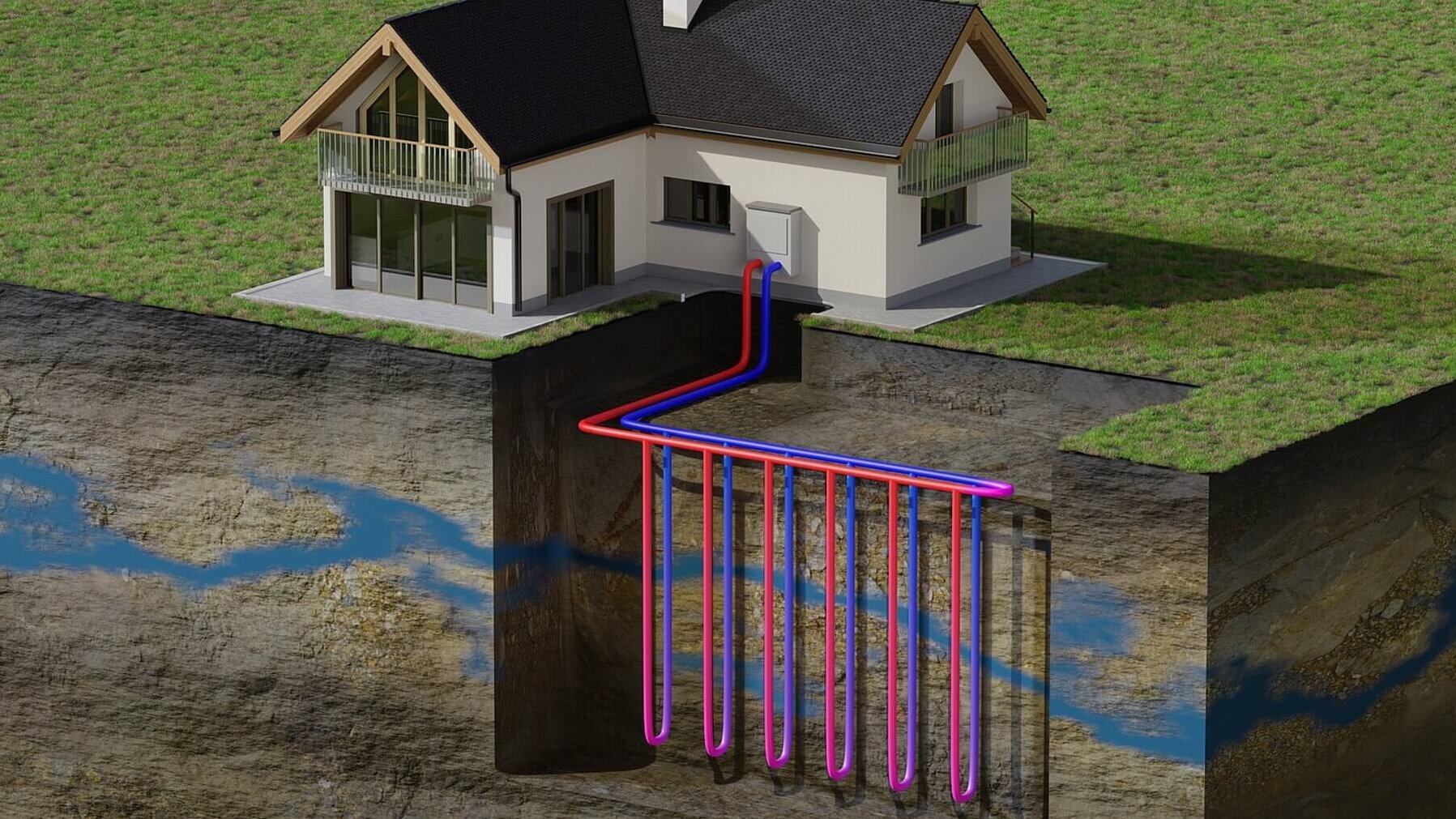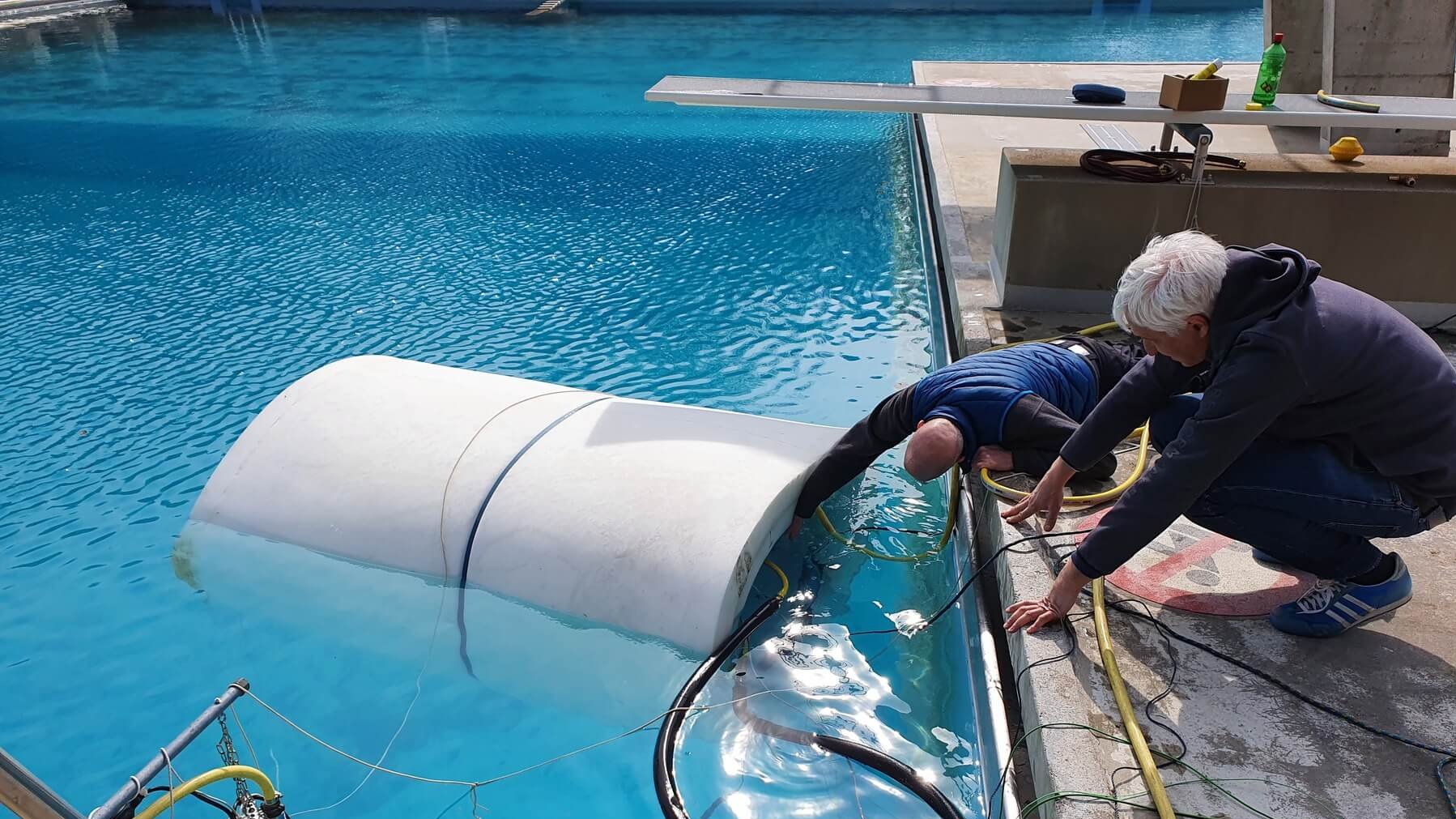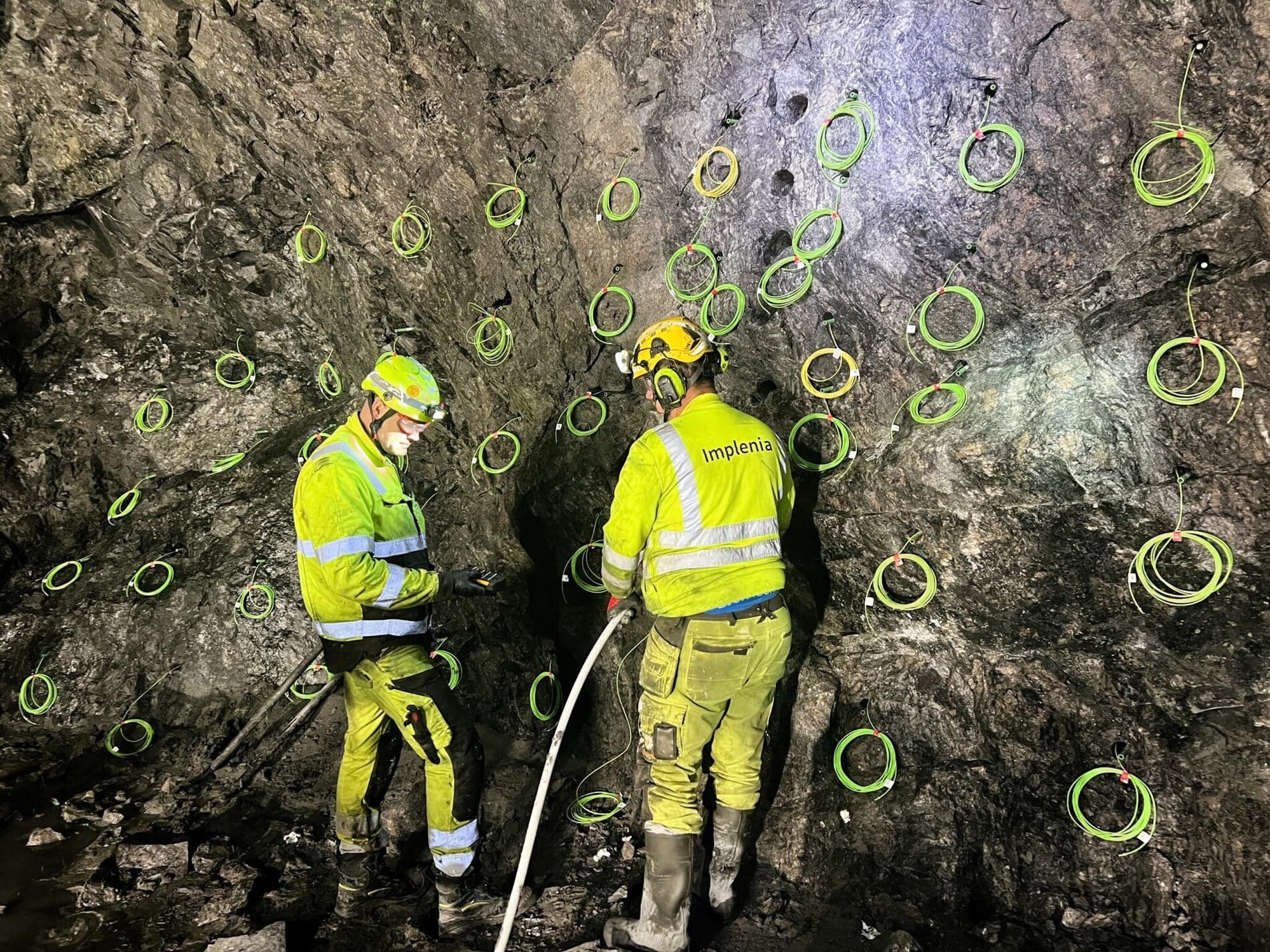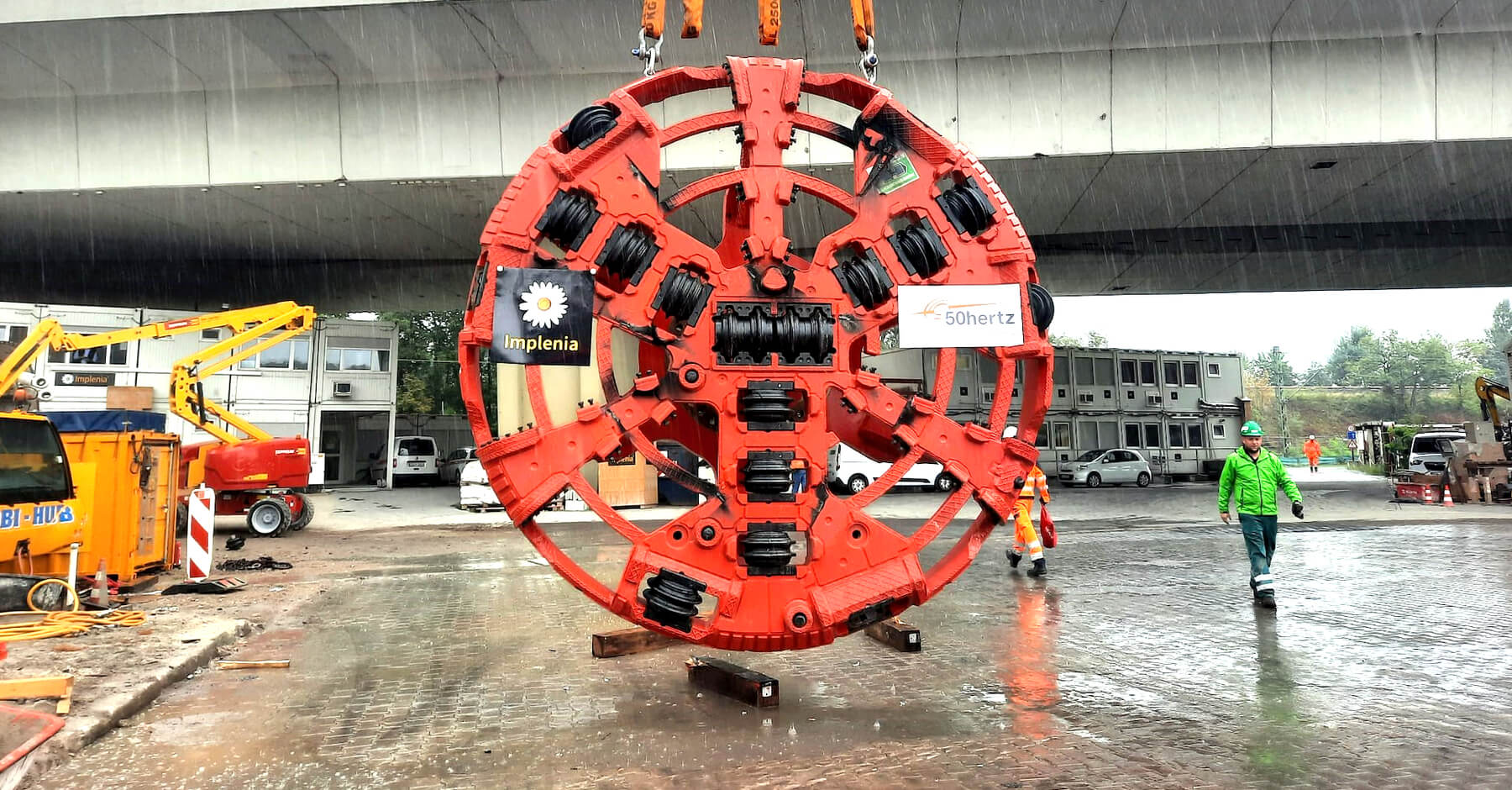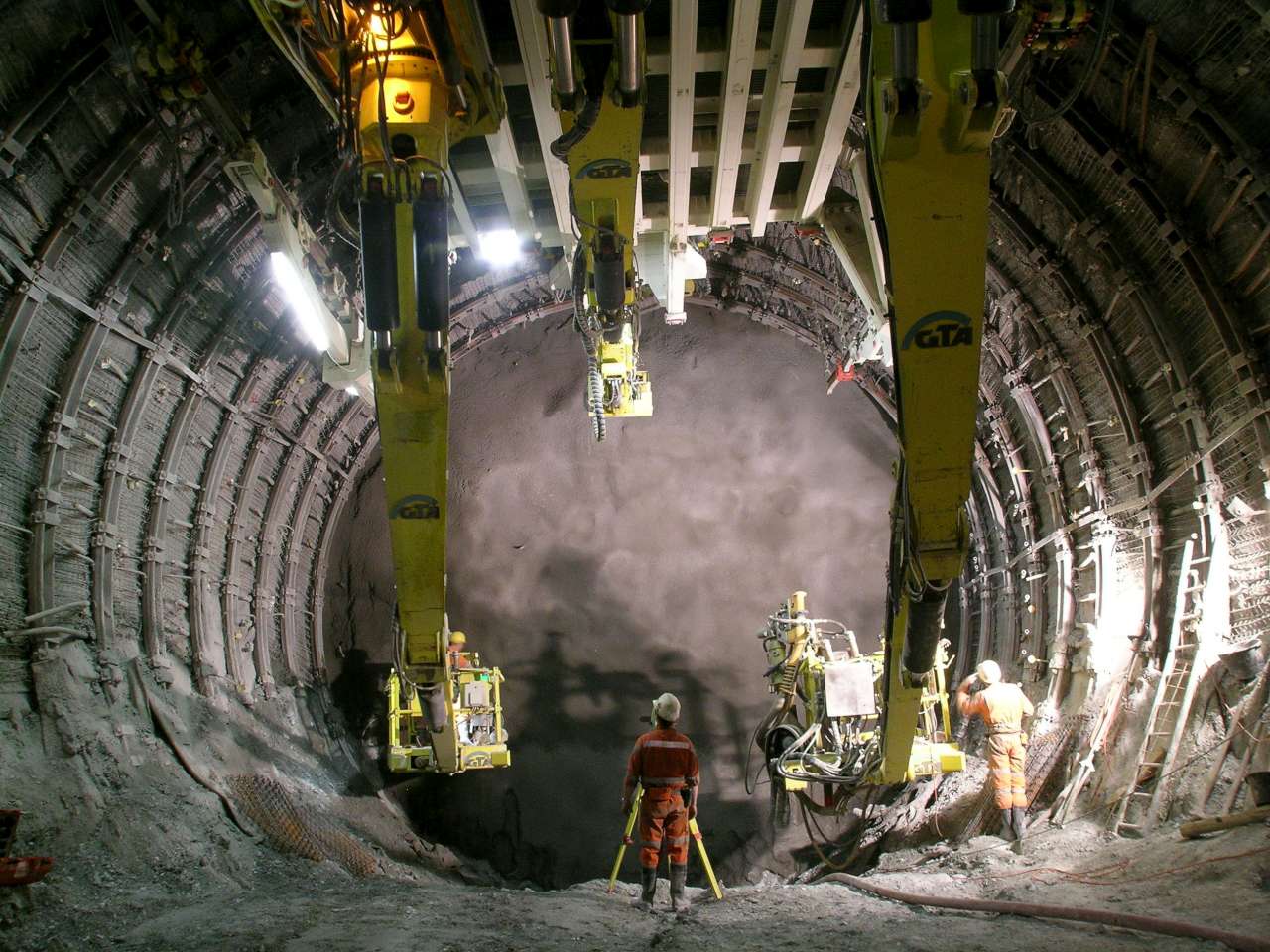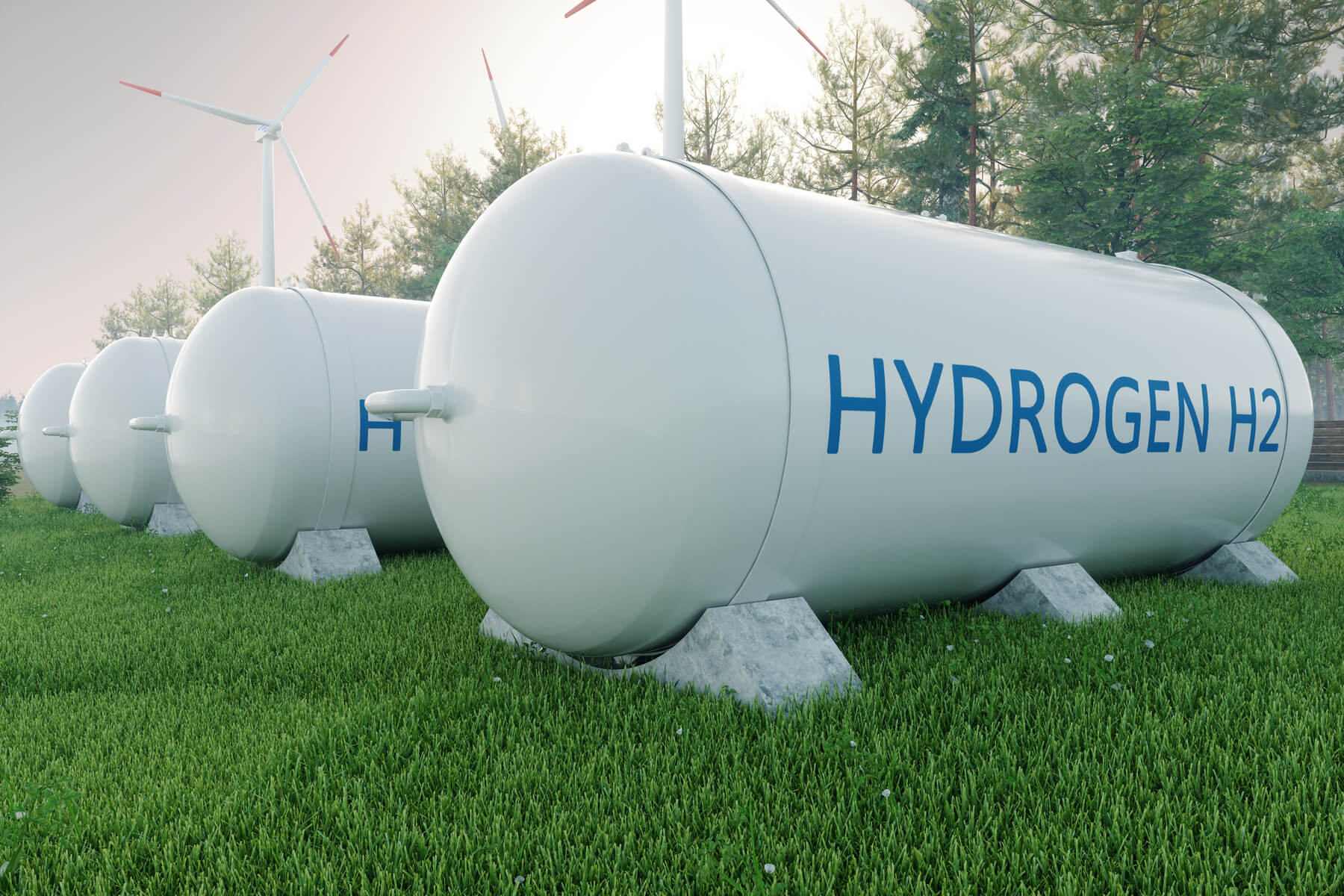
Hydrogen Storage
Underground storage solutions
Hydrogen storage could soon replace fossil fuels and pave the way to a climate-neutral Switzerland. Until then, the technical and economic possibilities of hydrogen storage need to be explored. Implenia is pleased to be involved in various initiatives and thus make a contribution to the promotion of renewable energies.
Become part of our VISION UNDERGROUND Community!
What is hydrogen storage
Hydrogen is the lightest and at the same time the most common chemical element in the universe. Its unique properties make it an excellent fuel for power supplies: One kilo of hydrogen provides almost as much energy as three kilos of gasoline. What's more, both its production and use are lower in emissions and more sustainable than conventional fossil fuels. For hydrogen to function as an energy supplier, safe and effective hydrogen storage systems are required.
Hydrogen storage - energy storage of the future?
As a beacon of hope for the energy transition and the decarbonization of the economy, hydrogen has long since become the focus of European climate policy. However, until it can actually be used as an energy carrier, science still has a significant hurdle to overcome: efficient hydrogen storage is essential for transportation, storage and use, but poses problems due to the volatility of the gas.
For this reason, various research groups are currently testing different methods of hydrogen storage that make use of physical and chemical tricks.
This article deals with the following aspects
Emission-free construction thanks to hydrogen
As a pioneer in sustainability, Implenia Norway is pleased to be working with the Norwegian cleantech company TECO 2030 to develop hydrogen energy solutions for zero-emission construction sites. With Implenia's support, TECO 2030 is designing a fuel cell generator that will be tested on Implenia's construction sites and will later replace diesel generators.
In this way, construction site equipment could soon no longer be reliant on fossil fuels and instead be powered by electricity generated from hydrogen. The only waste products produced would be water vapor and warm air. This represents a decisive step towards climate-neutral construction - a goal that Implenia has been working towards for years.
The project is part of the Norwegian government's plan to eliminate the use of fossil fuels in the construction and transportation sectors by 2025. It is being funded by the Norwegian state-owned company Enova with a generous contribution of NOK 15.6 million.
Hydrogen storage in research - the Subspace Energy Hub's hydrogen storage workstream
The Subspace Energy Hub is an initiative for innovative energy projects with a focus on storage technologies, in particular hydrogen. The Hydrogen Storage workstream is investigating the possibility of storing hydrogen in hard rock tunnels. If this is successful, a space-saving, safe and cost-effective way of storing energy underground could soon be available.
The key to the energy transition?
At Implenia, we know that going underground can sometimes be the solution for moving forward. As part of the Hydrogen Storage workstream, the Subspace Energy Hub wants to demonstrate that underground is a key building block in the energy transition. If its tests are successful, large quantities of hydrogen could be stored in rock tunnels, ensuring a stable energy supply.
The Subspace Energy Hub is not only investigating the technical feasibility, but also the economic viability of using green hydrogen as a renewable energy resource to reduce carbon dioxide emissions.
Technical challenges of hydrogen storage in rock tunnels
Not only the properties of hydrogen itself, but also the special conditions underground place high demands on the construction of a hydrogen storage facility: in order to keep the volatile gas in place, a particularly tight jacket construction is required.
A force-fit backfill must be installed between the casing and the surrounding rock to ensure an even distribution of stress and thus prevent the casing from being damaged. Forward-looking water management is also necessary to avoid localized pressure points and leaks. Finally, regular monitoring (structural healt monitoring) must be carried out to check whether the actual developments correspond to the original calculations or whether any adjustments need to be made.
Confederation plans climate-neutral Switzerland by 2050
The federal government also recognizes the potential of underground heat storage. Together with the relevant federal offices, the Federal Council is now planning to make optimum use of seasonal underground heat storage. In doing so, it is pursuing the goal of making Switzerland climate-neutral by 2050 and reducingCO2 emissions by exhausting all possibilities.
Swiss-STES
SwissSTES (STES stands for "seasonal thermal energy storage") is also conducting research in the field of hydrogen storage. The flagship project aims to reduce Switzerland's dependence on fossil fuels and pave the way for aCO2-neutral society. To this end, various Swiss research institutions and industrial partners are developing and implementing STES technologies such as hydrogen storage. Implenia is also part of the SwissSTES research group.
Bubble in the Lake Storage (BILS)
The question of how hydrogen can be stored safely and effectively is not the only hurdle on the road to a climate-neutral Switzerland. This is because energy storage systems require space - a resource that is only available to a limited extent in the country's urban areas.
While the Subspace Energy Hub is looking for a solution to this in underground rock tunnels, SwissSTES, with the involvement of Implenia, is taking a different approach. One SwissSTES approach is called "Bubble in the Lake Storage" (BILS). The idea is to place large energy storage facilities in lakes that are not made of rigid materials but of flexible skin - a "bubble in the lake" - which enables the storage facilities to be built and dismantled quickly and cost-effectively.
SwissSTES and Implenia are currently testing this innovative approach in Lake Geneva. If bubble-in-the-lake storage can be realized technically and economically, renewable energy could be stored at the bottom of Swiss lakes in the future.

Subscribe to newsletter
Get thought-provoking, in-depth information now.

